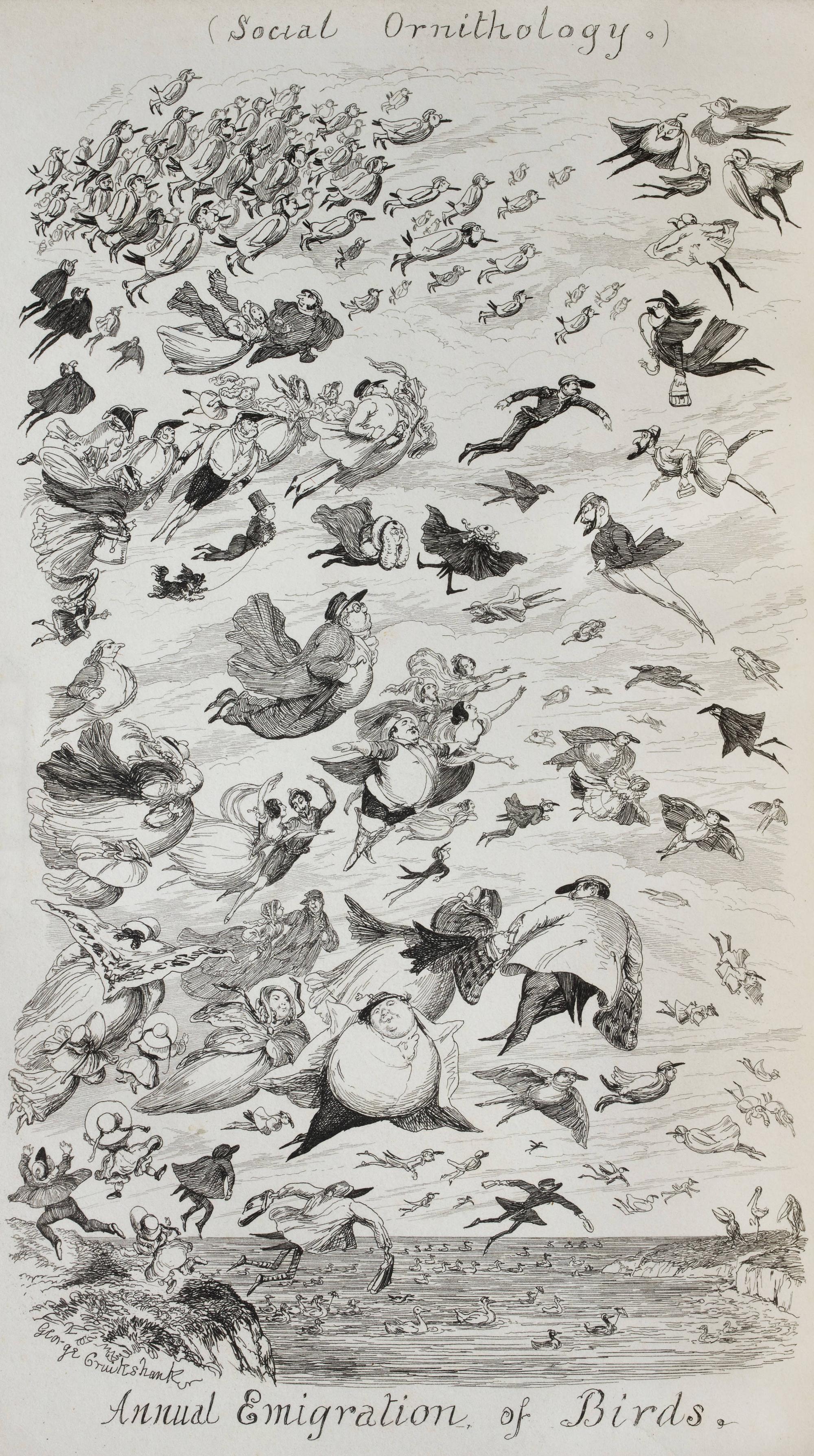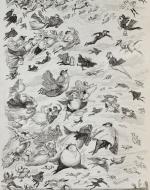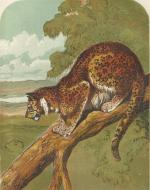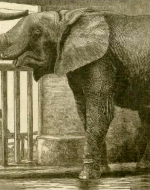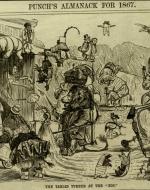Created by Catherine Golden on Fri, 03/27/2020 - 17:40
Description:
Encounters with animals and human-animal interactions shaped daily life in the Victorian age. Even in the built environment of cities, humans commonly encountered horses, cows, goats, sheep, and companion animals—principally cats and dogs.. Ladies and gentlemen traveled in horse-drawn carriages, sportsmen and sportswomen rode after foxes on horseback accompanied by their beloved hounds, people of all ages across the new class society flocked to zoos, and big game hunters traveled the Empire to hunt and later display exotic kills at home as a rug or a trophy mounted on a wall. While caricaturist George Cruikshank dresses animals like humans to make comments about human nature, George Du Maurier literally "turns the tables" by putting humans on display for well-dressed animals to gawk at. These four images introduce "A Victorian Menagerie," a gallery that moves us into an essential part of what Walter Houghton calls “the Victorian frame of mind.”
George Cruikshank, "Social Ornithology: The Annual Emigration of Birds," from George Cruikshank's Table-Book, 1845, The Norman M. Fox Collection, Skidmore College. In this first plate, Cruikshank--a caricaturist known to satirize both sides of an issue--turns to ornithology to make a comment on Victorian life. The migrating birds are wearing hats that designate their social classes--the privileged in top hats and the masses in common caps. Some depicted are birds of prey called lawyer vultures in the accompanying chapter called "Social Zoology--Ornithology"; next on the social ladder are the hawks or bailiffs, who feed upon the prey of the vultures, most commonly the "Social Booby, [who] walks with difficulty, and cannot get on" (166). Does Cruikshank pity the poor booby, a term that even today means a stupid person?
Harrison Weir, "The Leopard," from The Pictorial Capital of Marvels, 1878, The Victorian Web, scanned by Simon Cooke. This second plate is by Harrison Weir, who, like George Cruikshank, had no formal training in art. He became a natural history painter, and many of his works appeared as chromolithographs in The Pictorial Capital of Marvels . In "The Leopard" Weir uses vivid color to show the leopard's spotted coat and captures the animal just about to pounce. To complete this work, he studied the leopard from life at the London Zoo.
Unknown artist, "Jumbo Greets Some Visitors as They Pass by His Den in London Zoo," 1880s. This third image takes us to the London Zoo, opened in 1827 as a place for scientific study. Animals that were originally housed in the Tower of London menagerie came to the London Zoo shortly after in 1831-32. The world’s oldest scientific zoo, which opened to the general public in 1847, also is known for establishing the first reptile house (1849), public aquarium (1853), insect house (1881), and children’s zoo (1938). Jumbo was a major attraction at the London Zoo, drawing crowds of people daily to see this Victorian animal star. Today this zoo, also called The Regent's Park Zoo, houses 673 animal species and is one of the largest zoos in the UK.
George Du Maurier, "The Tables Turned at the 'Zoo,'" preface from Punch's Almanack for 1867, Vol. 52, 1867. The fourth image in the case, "The Tables Turned at the 'Zoo'" by George Du Maurier, appeared in Punch, the Victorian standard humor magazine, eight years after the publication of Darwin's On the Origin of Species (1859). Commenting on and satirizing the human-animal hierachy, Du Maurier places humans in cages while a host of exotic and domesticated animals and birds, clothed in Victorian fashion, stare, poke, and laugh at the humans on display.

